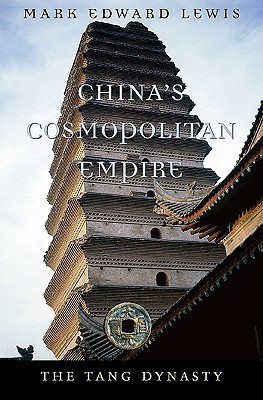What do you think?
Rate this book


368 pages, Hardcover
First published June 1, 2009
“But it was large-scale, water-based commercial shipping that truly transformed China in the Tang and subsequent dynasties. Huge fleets, often numbering more than three thousand vessels, moved along the Grand Canal and provisioned not only the capitals but the northwestern frontier. At the end of the seventh century, one observer claimed that commercial boats could be found on every navigable stream from one end of the empire to the other.” ~Chapter 5: Rural Society, page 138.
“But the difficulties of provisioning a court “inside the passes” continued to mount, as the interlinked problems of deforestation, erosion, gullies, water shortages, and silting of waterways took their toll. The forests of north China had been disappearing for centuries, due to their overexploitation for building materials and heating. The requirements of wood for palaces, temples, government buildings, and residences for a capital were particularly onerous. The elevated population due to the capital’s presence also resulted in increased burning of wood. A canal built by the government to ship firewood to the capital further hastened the decline of forest cover. Finally, the government’s attempt to raise horses in the northwest, to replace grasslands lost to Tibet, led to the destruction of marginal grasslands and the erosion of slopes as herdsmen cut down trees for shelter and heat.” ~Chapter 1: The Geography of Empire, page 10-11.

Fresco of female musicians and performers from the early Tang dynasty tomb of Li Shou (李壽).